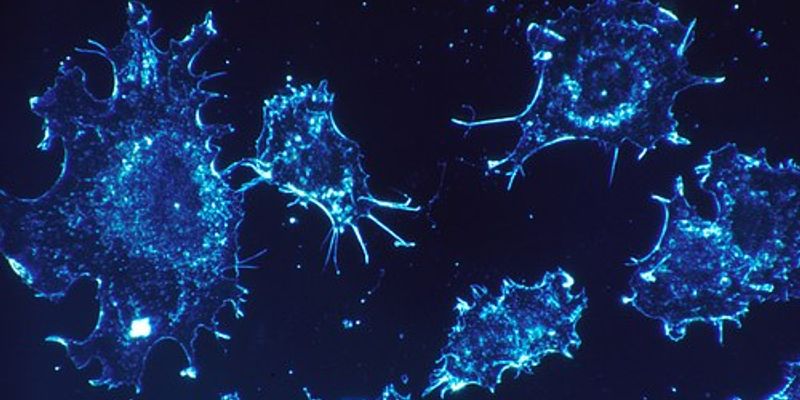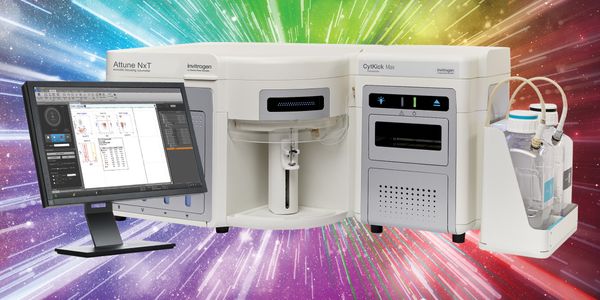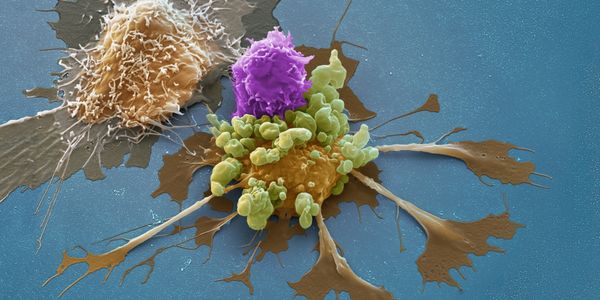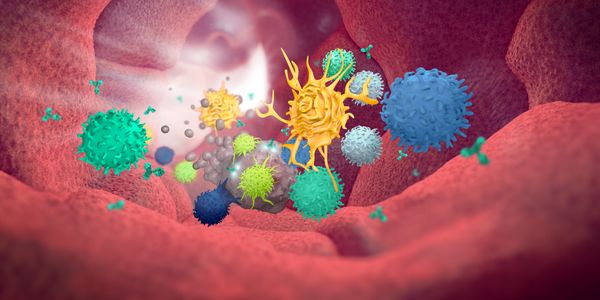Immunotherapy
Immunotherapy: is a type of cancer treatment the helps the immune system to fight cancer. The immune system helps your body fight infections and other diseases. It uses substances made by the body or in a laboratory in order to improve or restore the body's immune system function.
-
Over a year into the COVID-19 pandemic, key vulnerable populations in the United States and across the world lack access to effective vaccines. IDRI has developed technology that addresses s...
With an introduction by Sarah Warren, the Senior Director of Translational Science, this webinar will open by providing a brief technology overview of NanoString Technologies. Dr. Warren wil...
Speaker:
Jason Frazier
, Sarah Warren, PhD
Presented at: Drug Discovery & Development Virtual Event Series 2021
Sponsored By: NanoString Technologies
Sponsored By: NanoString Technologies
FEB 09, 2021 | 8:00 AM
DATE: February 09, 2021 TIME: 08:00am PST Flow cytometry immunophenotyping has become one of the mainstream applications for the diagnosis and classification of several hematologic neoplasms...
FEB 03, 2021 | 8:00 AM
Date: February 3, 2021 Time: 8:00am (PST), 11:00am (EST) This introduction webinar will provide you with an overview of the general immuno-oncology (IO) research field...
JAN 19, 2021 | 8:00 AM
Date: January 19, 2021 Time: 8:00am (PST), 11:00am (EST) Only a small subset of patients with clear cell Renal Cell Carcinoma (ccRCC) respond to immunotherapy with checkpoint inhibitors. Res...
The severe acute respiratory syndrome coronavirus 2 (SARS-CoV-2) emerged in December 2019 and has spread globally, causing a pandemic of respiratory illness designated coronavirus disease 20...
Speaker:
Arutha Kulasinghe, PhD
, Miguel Muñoz-Ruiz, PhD
Immunohistochemistry (IHC) is used to determine spatial relationships where we can identify the localization of target proteins in specific regions and cells of a tissue. IHC has been the go...
Cancer cells can acquire immune resistance resulting in a loss of immunosurveillance. Tumor cells can upregulate PDL-1 which binds to PD-1. This complex inhibits CD8 Tumor Infiltrating cells...
NOV 05, 2020 | 9:00 AM
DATE: November 5, 2020 TIME: 9:00am (PDT), 12:00pm (EDT) With accelerating development and approval of cell therapies, biologic drugs, and antiviral treatments comes a need for more robust a...
NOV 03, 2020 | 8:00 AM
DATE: Novemb 3, 2020 TIME: 8:00am PST, 11:00am EST Following on from Miltenyi Biotec’s renowned webinar “Improve your CAR T cell research”, this webinar covers our latest p...
OCT 20, 2020 | 9:00 AM
DATE: October 20th, 2020 TIME: 08:00am PT, 11:00am ET Tumor-associated macrophages (TAMs) are key cells in the tumor microenvironment (TME) with diverse immune functions that have a major in...
While circulating cell-free DNA (ccfDNA) and to some extend CTCs from blood are routinely used as analyte in liquid biopsy cancer research applications, circulating cell-free RNA (ccfRNA) ha...
Speaker:
Thorsten Voss, PhD
Soluble cytokine biomarkers are the master regulators of cell-to-cell communication-- the means by which one cell tells another what to do or where to go. Determining the biomarker signature...
Speaker:
Jenny Koenitzer, PhD
Multiplex detection of oncogenic mutations using LNA-based assays on the QIAcuity digital PCR system Digital PCR (dPCR) enables specific and sensitive detection of genetic alterations in onc...
Speaker:
Dr. Özlem Karalay























